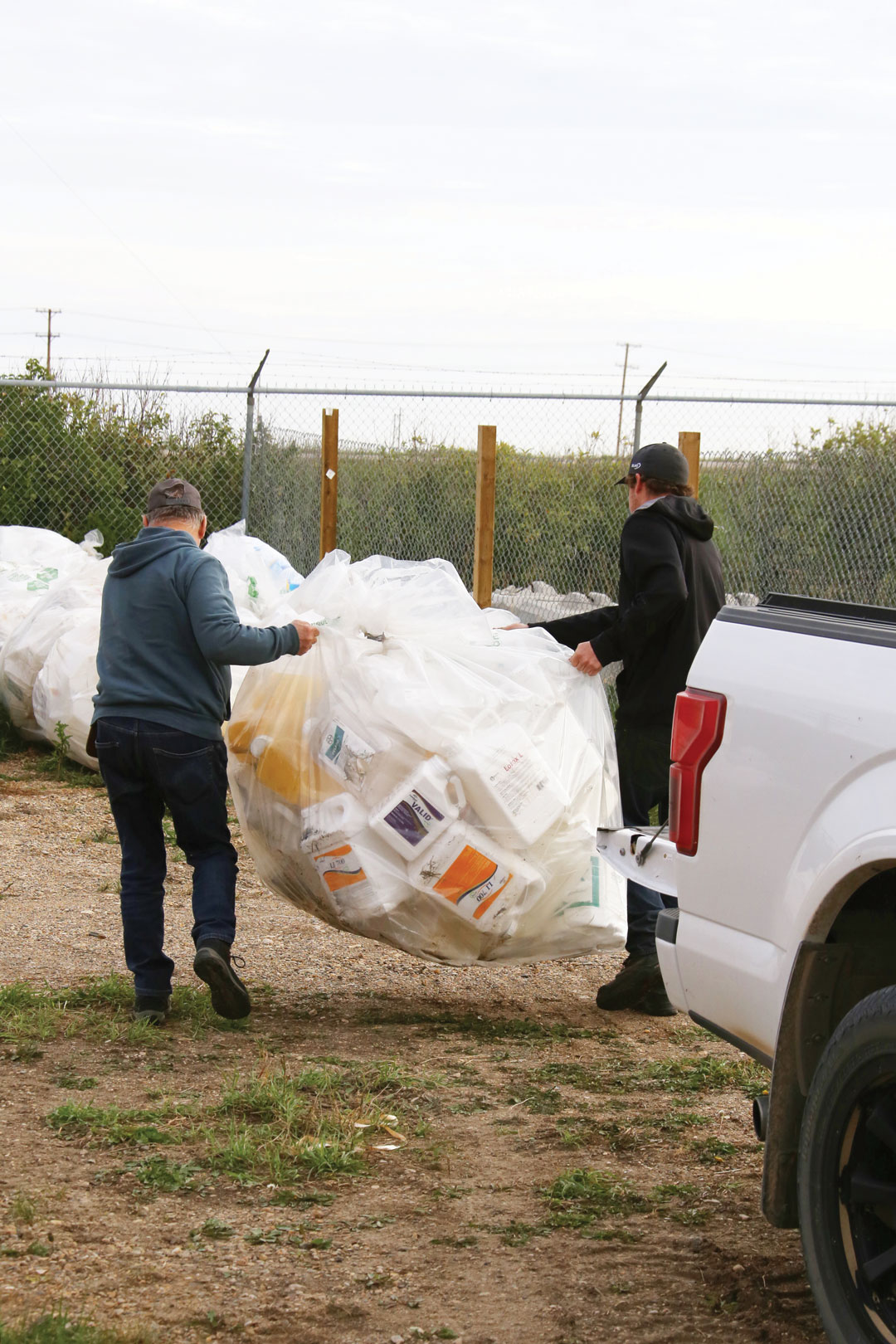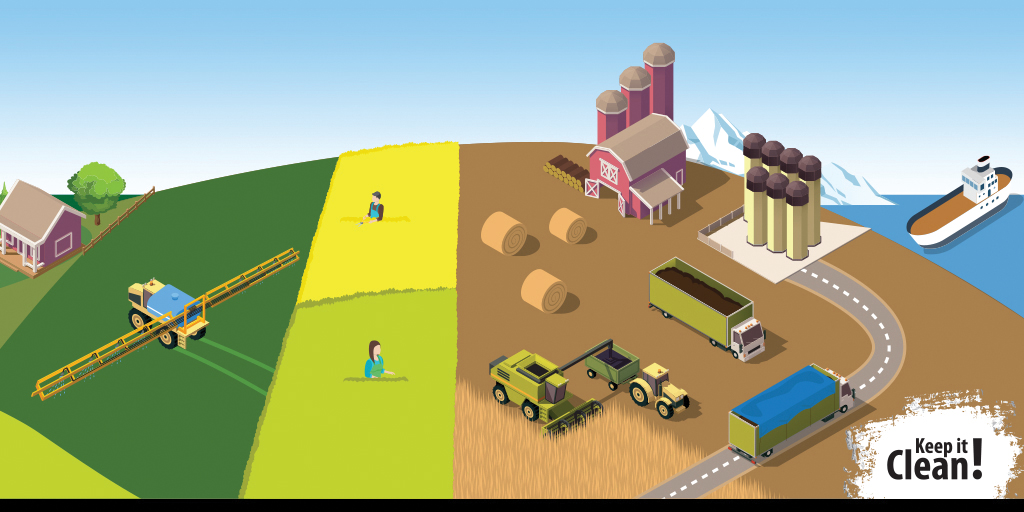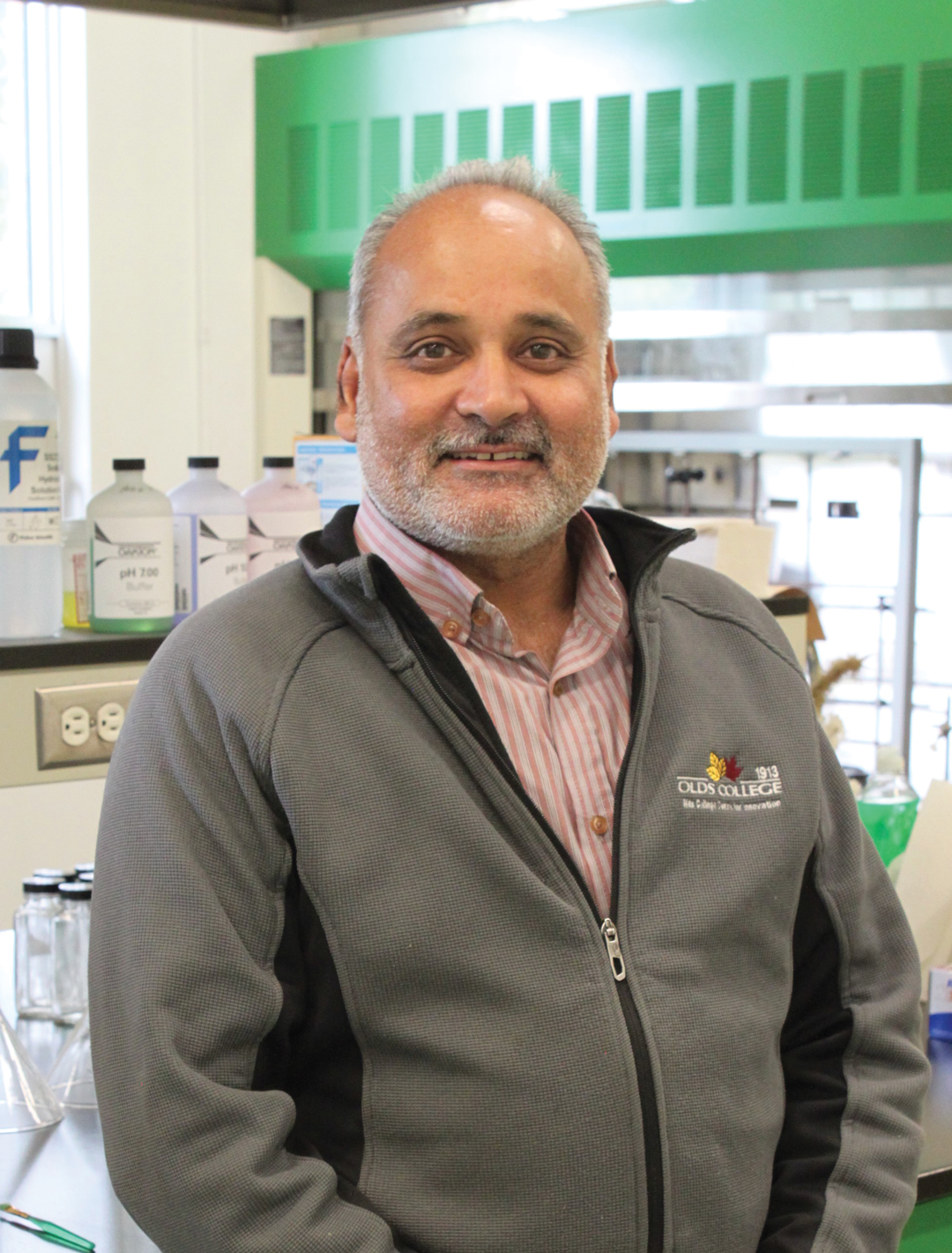WASTE REDUCTION TACTICS
BY ELLEN COTTEE • PHOTO COURTESY OF CLEANFARMS
Plastics have become a key part of farm life but the industry continues to grapple with the hefty volume of waste material produced. According to a benchmark Cleanfarms study released in August 2021, more than 61,700 tonnes of agricultural plastics are generated annually in Canada, primarily bale wraps and tubes, grain bags and net wrap. Approximately 10 per cent of the plastics are recycled, which is greater than the average of nine per cent for other industrial sectors.
Canada’s only non-profit dedicated to agricultural environmental stewardship, Cleanfarms promotes plastics recycling. The report is the first-ever national ag plastics study and was produced as part of Building a Zero-Plastic-Waste Strategy for Agriculture, the organization’s three-year initiative launched in fall 2020.
Highlighting usage data by sector, region, tool and type, the report looks at how plastic materials are used on Canadian farms and examines waste management options that may potentially increase the quantity being recycled. Compiled and analyzed by Envise Consulting, this information was derived from previous, related studies as well as surveys conducted with farmers and plastics experts.
The data will assist Cleanfarms to create effective, targeted programs that increase farm recycling. “Number 1 is the old adage: You can’t manage what you don’t measure,” said Barry Friesen, Cleanfarms’ executive director. “Cleanfarms has some great programs in place, but we need to know what else needs to be done.”
The report notes that disposal practices are often based on the availability of programs in each community. If ag-specific recycling programs are not available, farmers find their own reuse opportunities. For example, this may include the use of plastic film to line a backyard skating rink. They may also seek further recycling opportunities offered by municipalities or ag retailers.
Certain farmers may bury or burn plastics. In addition to the environmental risks this poses, such practices can damage the reputation of agriculture as a whole. “Most farmers don’t want to do that,” said Friesen. “They understand the importance of management.”
To improve plastic waste management in agriculture, Cleanfarms has launched pilot programs that provide farmers with material- and region-specific recycling options. In Alberta, where more than 14,000 tonnes of ag plastics are generated each year, this includes three ongoing programs initiated in 2019. These include a Lethbridge-based bale wrap and silage program and a provincewide seed, pesticide and inoculate bag recycling program. Cleanfarms also partners with the Agricultural Plastics Recycling Group to run 32 collection locations for twine and grain bags. Respectively, these two sources account for 11 and 14 per cent of Alberta’s annual ag plastics usage. These projects may lead to permanent programs.
Among the report’s suggested recycling expansion options, it notes a much higher volume of grain bags, twine and several additional plastics could be handled with the expansion of existing pilot projects.
Looking further into the future, Friesen touts the possibility of building a circular ag plastics economy. This broad strategy would reuse, repurpose and repair plastic goods with the goal to extend their life and keep them out of landfills. “Our counterpart in Brazil is making new pesticide bottles out of the old ones with 85 per cent recycled content,” said Friesen. “We hope to do that here in Canada.”
While Friesen believes the industry is on the right track with plastic recycling, there is room for improvement and growth. “It’s a testament to the entire industry, from the manufacturers to the retailers to the farmers, they will do the right thing, given the tools to do the job properly.”
To learn more about recycling ag plastics, visit cleanfarms.ca.







Comments